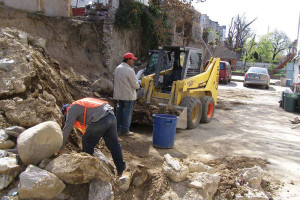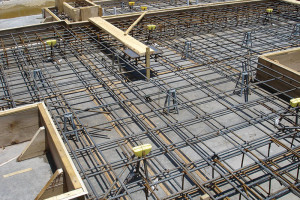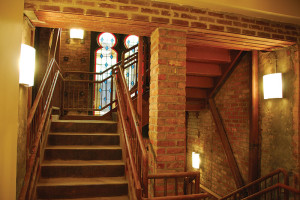The Future of Concrete Durability
In a building landscape where the expected lifespan of a structure is longer than usual, the durability of the materials that encompass the structure become more critical. Sustainability is key for any structures viability in today’s construction world, which means new technologies are of great value to not only the project teams, but also the environment. …










